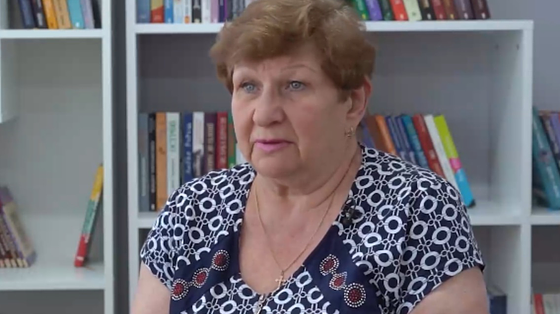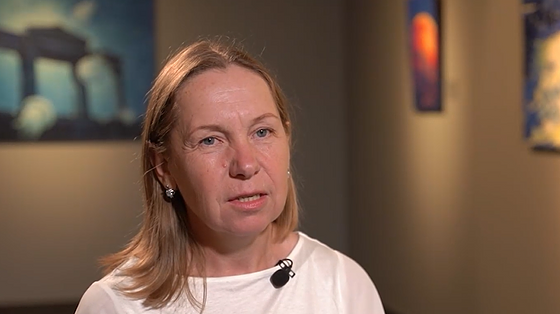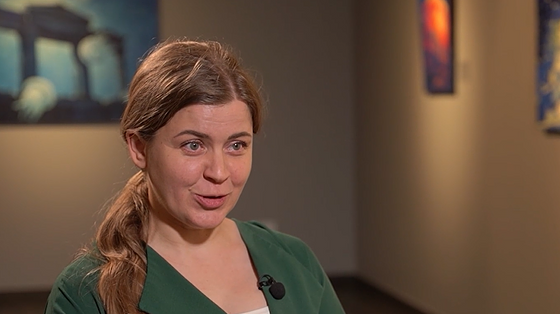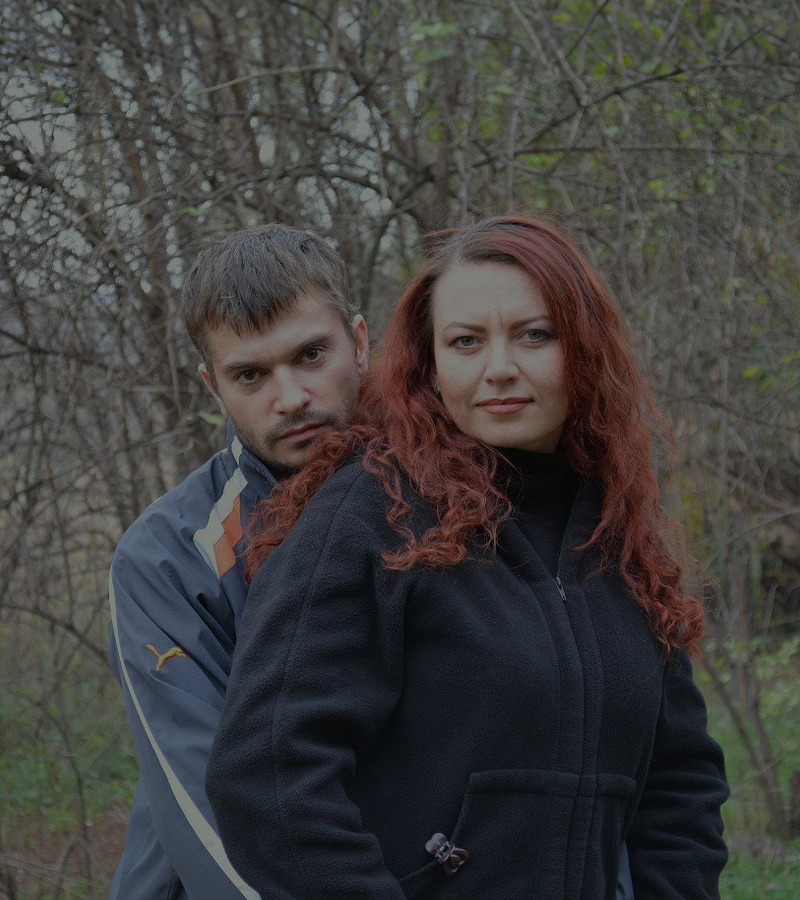From a century-old village hut to a cultural and artistic centre that became a point of support during the war – this is the story of the project of Inna Velychko from Zhytomyr region. Today, Polissia hut is not just a museum of traditions. It is a space of memory, action, and support created by a teacher who believed in the power of culture and community.
“It wasn’t my idea,” Inna Velychko, the owner and inspiration behind the Polissia hut, admits with a smile. Once upon a time, the artist Yurii Kamyshnyi came to Horodske village for a plein air and painted an old house. This is how Inna first learned about it – at an exhibition. She had no idea that the house would become a part of her life.
Over time, she and like-minded people received this building as a gift – on the condition that it be preserved in the form it was a hundred years ago. A long revival began: “We thought it would be a summer cottage, a place for friends, creativity, and silence. But in order to relax, someone has to work beforehand,” she says. Cleaning, re-roofing, restoration. But there were no funds. And that’s when the decision was made that changed everything: to turn the house into an educational space for children.
Inna is an art teacher. She started bringing her students here on excursions. They painted Easter eggs, made motanka dolls, and participated in workshops. Later, the students became the first donors of the Polissia hut – it was from these excursions that the first money was earned, which was used to buy building materials and cover the roof. “I realised that this must be the water that God gives. We don’t have to look for it somewhere far away, we have to do it right next to us,” says Inna.
The start of the full-scale invasion took the community by surprise. Schools did not risk accepting children at that time, and the space for meetings disappeared. But parents started bringing their children to the Polissia House themselves: “Let me at least see your animals...”.
The village then grew tenfold: Kyiv, Zhytomyr residents, refugees from other regions. There were no empty houses. And it was here that people could get a blanket, new shoes, food, warmth and a little peace. We set up a humanitarian distribution point in the yard. Clothes, food, children’s things. Children were playing and making camouflage nets. Mothers with strollers came and stayed: to talk, to communicate, to live. We held classes because everything around us was closed.
Rehabilitation activities began in the first months after the liberation of Kyiv region. Widows and children of the deceased and internally displaced people came. Psychologists worked outdoors, between apple trees and canvases. Even travel agencies started to contact us: they asked to create a “humour tour” – laughter as therapy. And Inna agreed. Because today the most valuable thing is emotions that heal. In addition, the Polissia hut helps the army.
Today, Polissia hut is no longer just a project. It is a philosophy. It is about how one person, armed with a brush, faith and love of traditions, can create a whole universe of safety. This is a place where history comes to life, where children learn not from textbooks but from life.







.png)



